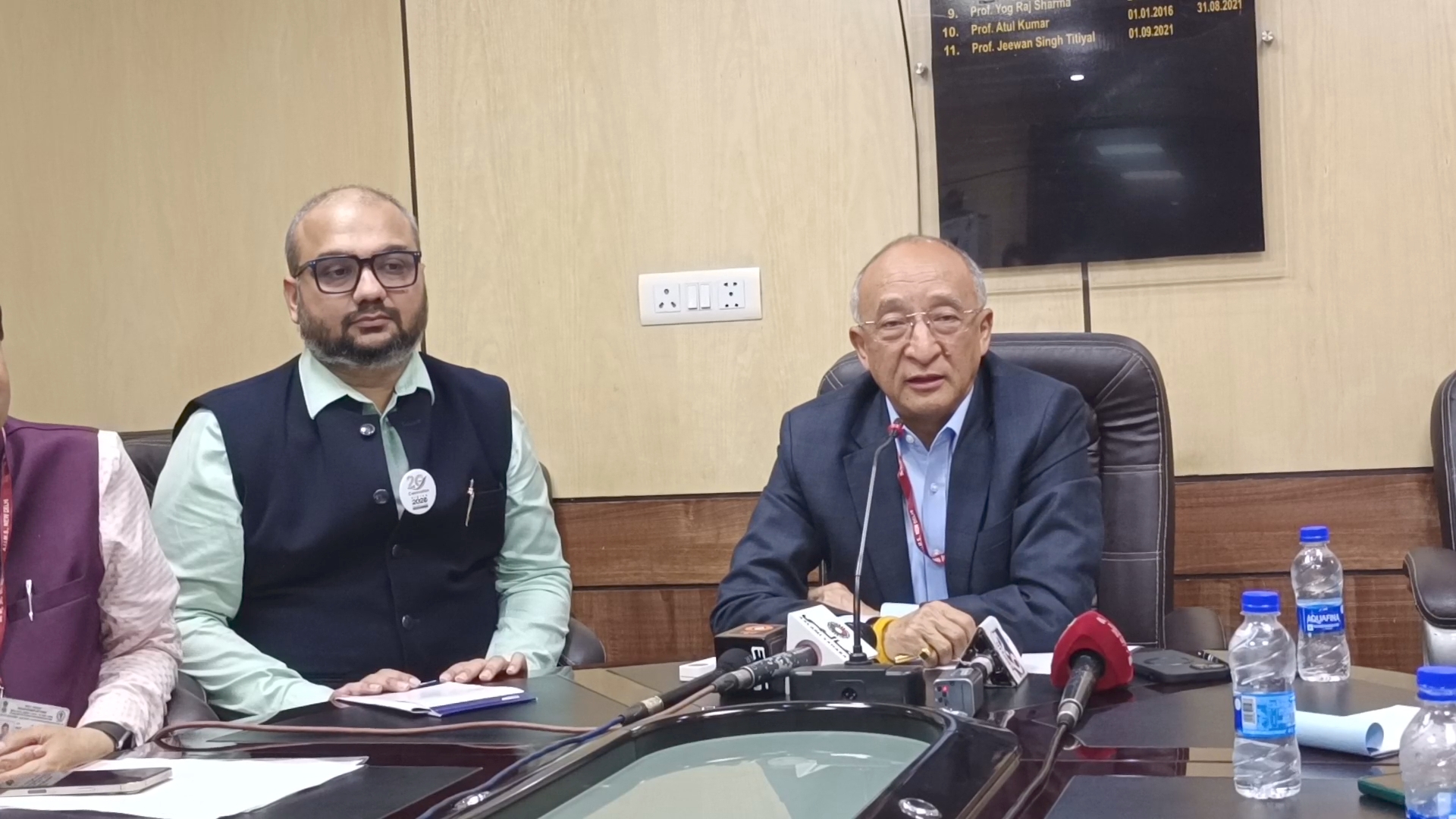
Small Screens, Big Risks: How Smartphones Could Harm Your Child’s Eyesight
Have you noticed your little ones glued to screens more than ever? While technology has become a staple in our daily lives, it’s time we ask: what impact is this screen time having on our children’s eye health? Renowned ophthalmologists at Delhi-AIIMS are raising alarms over a troubling trend that’s turning into a public health concern—rising vision problems among our youth, including myopia and refractive errors.
Dr. Rohit Saxena, Professor at the RP Center, Delhi-AIIMS, is at the forefront of this issue. He urges parents to think twice before handing their toddlers a smartphone or tablet. “Let’s be clear: children under two should not be using these devices at all,” he asserts. “And even kids up to eight years old should limit their phone use strictly to calls.”
But it’s not just about limiting screen time; it’s about choosing the right devices, too. “The minimum screen size should be a laptop or desktop,” Dr. Saxena advises. “Smartphones can be a major risk factor for myopia and other eye problems. The constant and prolonged exposure to small screens can strain their developing eyes and lead to serious issues down the road.”
What’s even more concerning is that myopia, often dubbed a “lifestyle disease,” is becoming more prevalent at younger ages. “In fact, we’re seeing a worrying rise in cases, especially in rural areas,” Dr. Saxena reveals. This alarming trend means that children who once enjoyed clear vision are now at risk of developing severe sight issues long before they reach adulthood.
Prof. Jeewan Singh Titiyal, Chief of the Rajendra Prasad Center at Delhi-AIIMS, is also weighing in on the conversation. He notes that some countries have taken significant steps by enacting laws to limit smartphone access for children under three years old. “India should seriously consider this approach,” he recommends, highlighting the need for proactive measures to safeguard our children’s eye health.
But legislative changes are just one part of the solution. Prof. Titiyal emphasizes the critical role schools play in safeguarding our children’s vision. “Regular eye screenings are essential,” he insists. “Schools should conduct eye checks at key stages: in nursery, again in sixth grade, and once more around ninth or tenth grade.” Early detection of vision problems can lead to timely interventions, preventing long-term complications.
Imagine the future we could create—where our children can thrive without the looming threat of vision problems. As parents, it’s time to take a stand and ensure that our kids are engaging with technology responsibly. We need to foster an environment where outdoor play and physical activities take precedence over screen time, giving their eyes a much-needed break.
So, the next time you see your child reaching for that smartphone, consider this: Is it worth risking their precious vision for a few minutes of entertainment? Let’s choose wisely and protect our children’s eyesight together. The health of our future generations depends on the choices we make today.